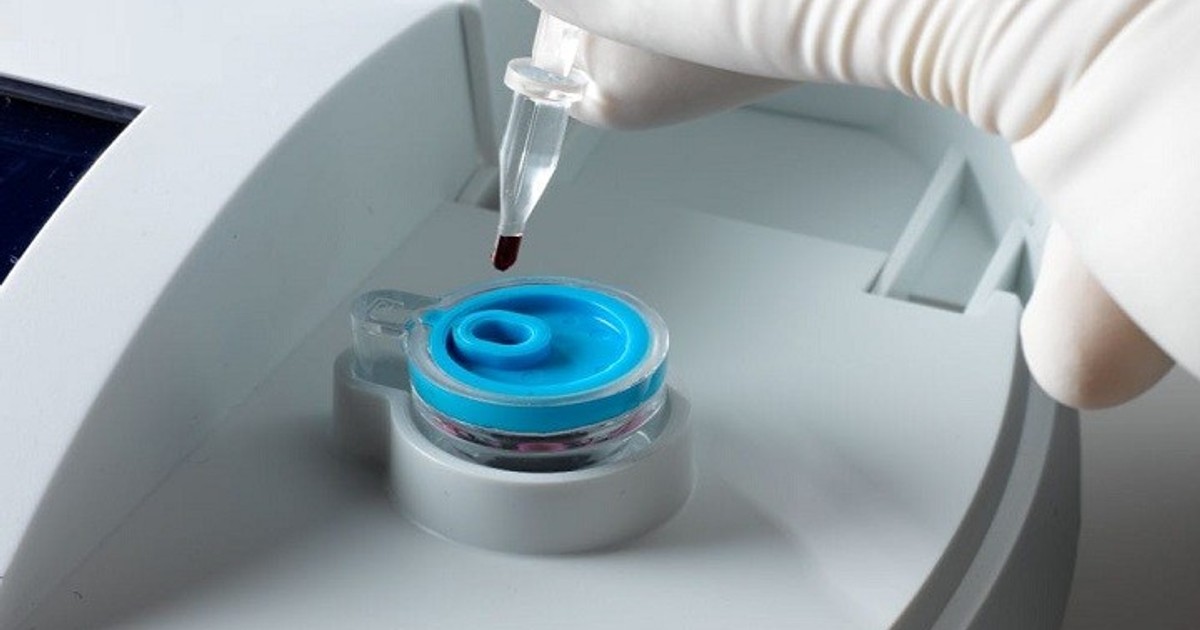Automated Single Cell Analysis
The field of cellomics has evolved tremendously over the past decade due advanced techniques in automated single cell analysis. Automated cellomics techniques allow researchers to interrogate thousands to millions of individual cells in parallel, revealing important characteristics about cellular identity, function and behavior that traditional population-level analysis obscures. By analyzing cells individually, automated cellomics techniques provide an unprecedented view into cellular heterogeneity and rare cell subpopulations that comprise tissues and drive disease.
Imaging Mass Cytometry
One powerful technique for automated High End Cellomics analysis is imaging mass cytometry (IMC). IMC combines the sensitivity of mass cytometry with high-resolution spatial information from tissue imaging. In IMC, tissues are stained with metal-tagged antibodies and then ablated with a laser, generating signatures from the different metal isotopes that reveal multiple protein and protein modification levels simultaneously in individual cells within their native tissue environment. This technique allows deep phenotypic and functional characterization of broad populations of cells while preserving spatial context critical for understanding cell-cell interactions and tissue architecture. Areas of active research using IMC include mapping of tumor immune microenvironments, characterization of stem cell niches, and elucidating mechanisms of diseases with complex pathogenesis.
Flow and Mass Cytometry
Flow and mass cytometry are other important platforms for high-parameter single cell profiling at single cell resolution. Flow cytometry traditionally relies on fluorescent dyes to identify 20 or more markers per cell but mass cytometry using elemental metal isotopes enables detection of over 40 parameters simultaneously per cell. Both techniques analyze cells in suspension rather than intact tissues but provide unparalleled sensitivity for characterizing immune cell phenotypes, dynamics and signaling pathways. Researchers have used these techniques to illuminate cellular hierarchies within immune tissues, discover new immune cell subsets, determine how cells transition between activation states and deeper exploration of signaling network dynamics. The combination of flow and mass cytometry with high-end cellomics approaches like single-cell RNA sequencing is a powerful means to unravel cellular diversity.
Single Cell Transcriptomics
Perhaps the most transformative advance has been the development of single cell RNA sequencing technologies which allow profiling of genome-wide transcriptional states of individual cells. Technologies like Smart-seq, Drop-seq and inDrop have enabled sequencing of thousands to millions of cellular transcriptomes in parallel. This has revolutionized our understanding of cellular heterogeneity as studies have revealed extensive diversity occurring even within closely related cell types previously thought to be homogeneous populations. Single cell RNA-seq is now widely used to generate high-resolution molecular maps of tissues, define cell lineages and vulnerabilities during developmental processes, and characterize tumor evolutionary dynamics. The large datasets produced also require advanced analytics and machine learning techniques to fully leverage the rich biological insights contained within. Overall, through their high parameterization and single cell resolutions, automated cellomics platforms have fundamentally changed our view of cellular systems and hold immense potential to accelerate biomedicine discovery.
High-content Screening and Phenotypic Profiling
While the above techniques focus on molecular profiling, automated cellomics also encompasses high-content screening and phenotypic analysis. Technologies like high-content imagers, high-throughput microscopy and automated microscopes allow quantification of dozens of morphological, functional and behavioural parameters from thousands of individual live or fixed cells. Large-scale phenotypic screens have identified new drug targets, discovered phenotype-modulating genes, elucidated cellular phenotypes of disease and characterized drug response heterogeneity. Combining high-content and molecular profiling at single cell level through techniques like image-based cytometer promises to further deepen our understanding of genotype-phenotype relationships. Overall, high-end cellomics approaches are advancing biological research through multidimensional single cell profiling at an unprecedented scale.
*Note:
1. Source: Coherent Market Insights, Public sources, Desk research
2. We have leveraged AI tools to mine information and compile it.




